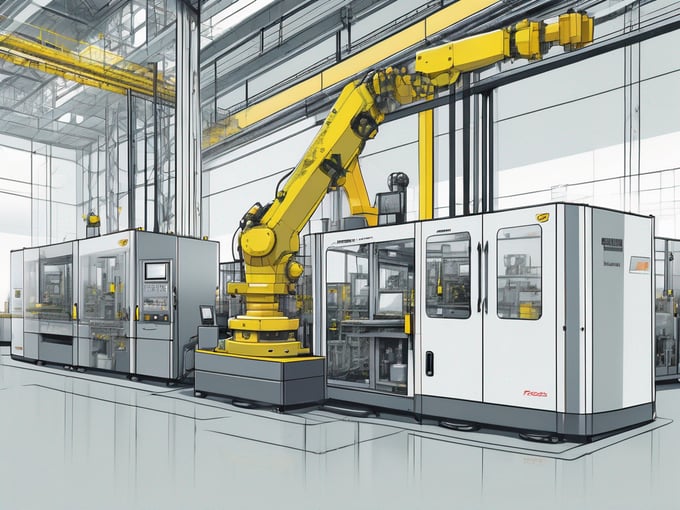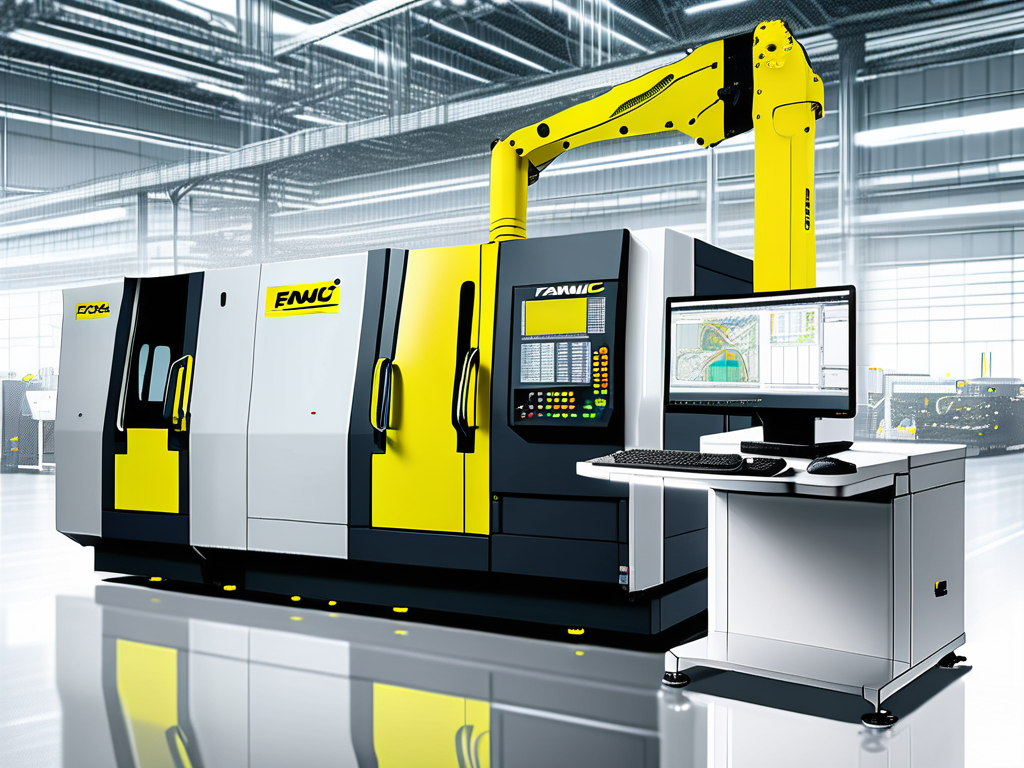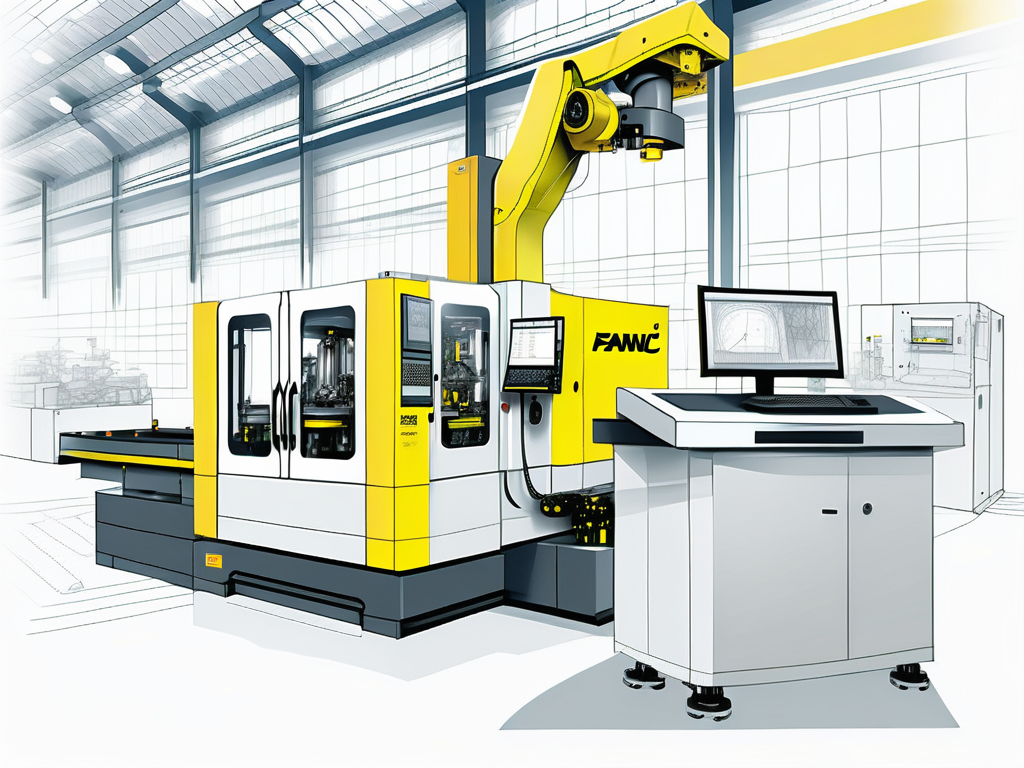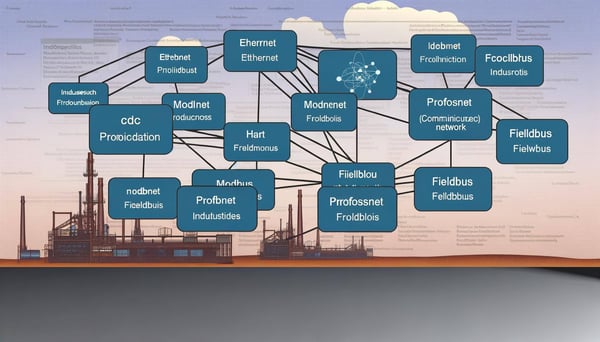
Fundamentals of Fanuc Focas
In the world of industrial automation, communication protocols play a pivotal role in ensuring seamless interaction between various devices and systems. One such protocol that has been making waves in the industry is Fanuc Focas. Developed by FANUC Corporation, a global leader in factory automation, Focas is a library of functions that provides the ability to implement communication between a host computer and FANUC CNCs.
Understanding Fanuc Focas
Fanuc Focas, or Factory Automation Numerical Control Function Soft Series, is a set of libraries that enables data communication between CNC machines and PCs. It is a proprietary protocol developed by FANUC, a company known for its high-quality and reliable CNC machinery and robotics. The Focas library provides a multitude of functions that allow developers to create custom applications to interact with FANUC CNCs.
With Focas, you can read and write data to CNC machines, including programs, parameters, tool data, and more. It also allows for real-time monitoring of machine status, alarms, and other crucial information. This level of interaction and control makes Focas a powerful tool for those looking to enhance their CNC operations.
Components of Fanuc Focas
Fanuc Focas is composed of two main components: Focas1 and Focas2. Focas1 is a library of functions for communication via Ethernet, while Focas2 is for communication via HSSB (High-Speed Serial Bus). Both libraries offer a wide range of functions, including data reading, writing, and various control functions.
These libraries are written in C language and can be used with various operating systems, including Windows, Linux, and more. This makes Focas a flexible and versatile tool for developers working in different environments.
Implementing Fanuc Focas
Implementing Fanuc Focas in your CNC operations can bring a host of benefits. It can enhance your ability to monitor and control your machines, improve efficiency, and even help prevent costly downtime. However, to fully leverage these benefits, it's crucial to understand how to implement Focas effectively.

Firstly, you'll need to install the Focas libraries on your host computer. These libraries are provided by FANUC and can be downloaded from their website. Once installed, you can start developing your custom applications using the Focas functions. These applications can be used to communicate with your CNC machines, read and write data, monitor machine status, and more.
Developing Applications with Focas
Developing applications with Focas involves using the functions provided in the Focas libraries. These functions are written in C language, so a basic understanding of C programming is necessary. However, the Focas libraries are well-documented, making it easier for developers to understand and use the functions.
When developing your applications, it's important to keep in mind the specific needs of your CNC operations. For instance, if you need real-time monitoring of machine status, you'll want to use the functions that allow for this. Similarly, if you need to write data to your machines, you'll need to use the appropriate write functions.
Benefits of Fanuc Focas
Implementing Fanuc Focas in your CNC operations can bring a host of benefits. From enhanced control and monitoring capabilities to improved efficiency, Focas can significantly boost your CNC operations.

One of the key benefits of Focas is its ability to provide real-time monitoring of machine status. This can help you quickly identify any issues and take corrective action, potentially preventing costly downtime. Additionally, Focas allows for remote control of your machines, giving you the ability to manage your operations from anywhere.
Improved Efficiency
By allowing for real-time monitoring and control, Focas can help improve the efficiency of your CNC operations. You can quickly identify and address any issues, reducing downtime and increasing productivity. Plus, with the ability to write data to your machines, you can easily make changes to your operations as needed, further enhancing efficiency.
Moreover, Focas can help reduce the need for manual data entry, as it allows for automatic data transfer between your machines and your host computer. This not only saves time but also reduces the risk of errors that can occur with manual data entry.
Enhanced Flexibility
With its wide range of functions and compatibility with various operating systems, Focas offers enhanced flexibility. Whether you're working in Windows, Linux, or another environment, you can use Focas to develop custom applications that meet your specific needs. This makes Focas a versatile tool that can adapt to various CNC operations.
In conclusion, Fanuc Focas is a powerful protocol that can significantly enhance your CNC operations. With its wide range of functions, flexibility, and potential for improved efficiency, it's no wonder that Focas is becoming a popular choice among CNC operators and developers alike.



